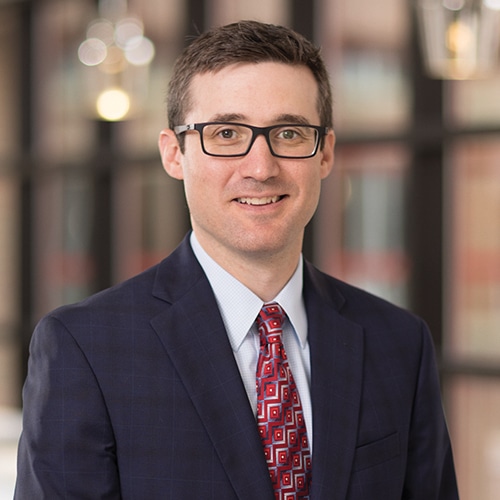(November 1, 2016) In a recent unpublished opinion, the Court of Appeals reversed the trial court’s decision granting partial summary disposition in favor of defendant Oakwood Healthcare on the plaintiff’s claim of vicarious liability based on the conduct of on-call surgeon Alice Shanaver, DO. Thomas v Oakwood Healthcare (COA Docket No. 326072). The plaintiff’s claims in Thomas arose from a surgical procedure performed at the defendant hospital by Dr. Shanaver in her capacity as an on-call physician. Dr. Shanaver was not an employee of the hospital but did have a contractual agreement with the hospital covering her teaching responsibilities with respect to residents and medical students. One provision of the contract broadly provided: “Physician acknowledges that when treating patients at [the hospital’s] facilities, he or she is acting as an agent of [the hospital], therefore, the patient relationship is with [the hospital].” Another provision of the contract described Dr. Shanaver’s duties under the contract as including “delivery of Manipulative Medicine curriculum through lectures, discussions, consultations, outpatient visits, organized self-study and pre- and post-tests.”
It was undisputed that no residents or medical students were involved in the on-call consultation and surgical procedure performed by Dr. Shanaver. However, the majority (Justices Murphy & Borrello) relied on a statement in an affidavit submitted by Dr. Shanaver providing that consultations were one mode in which teaching was performed and that all participants in her lectures had an “open invitation” to observe her consultations. The majority relied on the contract and Dr. Shanaver’s affidavit to hold that there was a genuine issue of material fact with respect to the issue of whether Dr. Shanaver was acting within the scope her contract with the hospital when performing the consultation and procedure at issue in the case. The majority wrote that the contract provisions and Dr. Shanaver’s affidavit, when considered in the light most favorable to the plaintiff, suggested that “any time Dr. Shanaver treated patients in the hospital as part of performing consultations, she was simultaneously wearing the hat of a preceptor or teacher under the contract, with the consultations being open for observance by residents, medical students, or other interested doctors as an educational tool.” Therefore, even though it was undisputed that there were no residents or medical students involved in or observing the care and treatment provided by Dr. Shanaver, the majority concluded that the contract precluded summary disposition in favor of the hospital on the claim of vicarious liability based on Dr. Shanaver’s conduct.
It is worth noting that Judge Saad authored a strongly worded dissent providing, in part, as follows:
the majority, in an obvious effort to impose vicarious liability upon the hospital, finds in the preceptor contract words that magically turn a simple on-call treatment into a preceptor situation, and in so doing, uncovers a question of fact to go to the jury. This highly questionable approach by the majority is neither consistent with the facts nor the law, but does get the majority its desired result.
As reflected in the dissent’s critique of the majority’s opinion, the majority utilized a contract governing only teaching activities to preclude summary disposition in favor of the defendant hospital in a case where the defendant physician was clearly not engaged in teaching activities during the performance of the care at issue. While the majority’s approach may be “highly questionable” as articulated by the dissent, the opinion serves as a warning to hospitals to carefully review contractual agreements with staff physicians regarding teaching responsibilities to ensure that the contracts do not unnecessarily subject the hospital to claims of vicarious liability for the non-employed physician’s conduct.
More Publications



